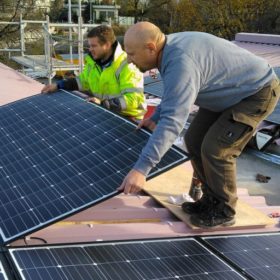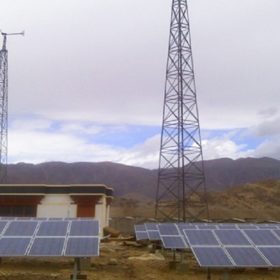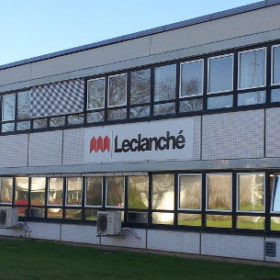Sunman brings glass-free PV modules to the market
Power provider Stadtwerke Waldkirch has built a 264 kW PV system in Germany with Sunman’s glass-free modules, as a titanium rooftop at the project site made it impossible to use conventional modules.
China, USA and India propel energy demand by 70%: IEA
Global energy consumption in 2018 grew by 2.3%. Electricity demand rose by 4%, nearly twice as fast as overall energy demand. China accounted for over 40% of the growth in renewable-based electricity generation, followed by Europe (25%). The United States and India together contributed another 13%.
SolarPower Europe and NSEFI sign MoU on solar cooperation
Brussels-based SolarPower Europe and the National Solar Energy Federation of India (NSEFI) have signed a Memorandum of Understanding (MoU) for cooperation on operation & maintenance (O&M), installation quality, digitalisation and storage.
Exide JV partner gets a big boost ahead of Li-ion battery operations in India
The revenues of Switzerland-based Leclanché have increased more than 2.5 times to exceed CHF 47 million in 2018 compared to CHF 18 million in 2017.
Siemens bids to take over fellow inverter maker Kaco
The German powerhouse – which makes central inverters for PV projects in India – wants to complete the acquisition by July. Indian employees will be hoping target company Kaco’s disposal of its central inverter operation last month will avert job losses by removing any potential overlap between the manufacturers.
Big dip in import and export of solar modules and cells
A flying start to the year saw huge volumes of solar cells and modules imported to India but the scale and value of such products fell over the remainder of 2018 and export figures mirrored that trend.
Schneider Electric pulls out of utility-scale PV business
The French power electronics specialist is pulling out of the utility-scale segment to strengthen its profile in the residential and C&I space.
Singapore fund and British developer eye stake in UK government’s south Asian renewables company
U.K. developer Lightsource BP – in which oil and gas giant BP has a significant minority stake – and its Singapore fund partner EverSource Capital are reportedly ready to take up all the $100 million slice of Ayana Renewable Power which is being put up for sale.
The long read: PV’s Polish cold turkey
Considering the remarkable advances made by the solar sector since the Rio ‘Earth Summit’ of 1992, PV was notable by its absence at the Convention of Parties climate change summit held by the UN in Poland.
New approach to measure solar potential of urban areas could be used in all climates
Dutch researchers have come up with a system they claim has a maximum estimation error of less than 10% and which reduces the computational requirements for calculating the output of PV systems in complex environments. The approach is based on the correlation between a skyline’s profile and annual irradiation.















